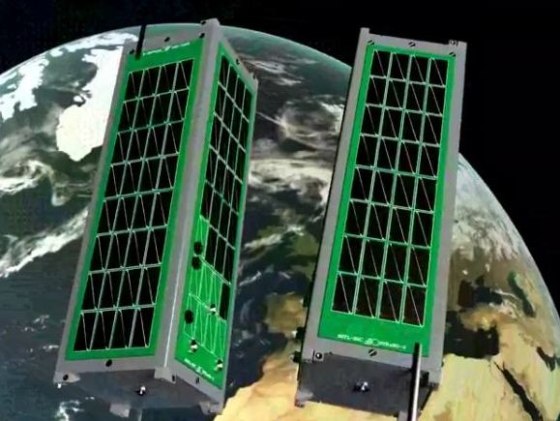
Clever scientists, engineers and tinkerers have used the Xbox Kinect game controller to fly autonomous helicopters, guide blind people and control robots. Now engineers from the UK are building two satellites that will have the guts of a Kinect controller embedded inside them — guts that will help the satellites navigate space and dock with each other.
The Kinect-controlled satellites are part of the STRaND (Surrey Training, Research and Nanosatellite Demonstrator) project created by a joint team from the Univeristy of Surrey and Surry Satellite Technology Limited. For the project, engineers are creating a series of small satellites.
The STRaND-1 satellite, which will soon be completed, is powered by a smartphone. Meanwhile, the STRaND-2 portion of the project will involve the creation of two nano satellites. The identical twin satellites will use components from the Xbox Kinect controller "to scan the local area and provide the satellites with spatial awareness on all three axes," explains a press release:
The STRaND team sees the relatively low cost nanosatellites as intelligent “space building blocks” that could be stacked together and reconfigured to build larger modular spacecraft ... The STRaND-2 twins will be separated after launch. After the initial phase of system checks, the two satellites will be commanded to perform the docking procedure and, when in close proximity, the Kinect-based docking system will provide the satellites with 3D spatial awareness to align and dock.
“We were really impressed by what MIT had done flying an autonomous model helicopter that used Kinect and asked ourselves: Why has no-one used this in space?" said SSTL Project Lead Shaun Kenyon.
Here's a computer model showing what the Kinect-controlled satellites will look like.
Winda Benedetti writes about games for msnbc.com. You can follow her tweets about games and other things here on Twitter or join her in the stream here on Google+. And for more video game news and reviews be sure to check out the In-Game Facebook page right here.
